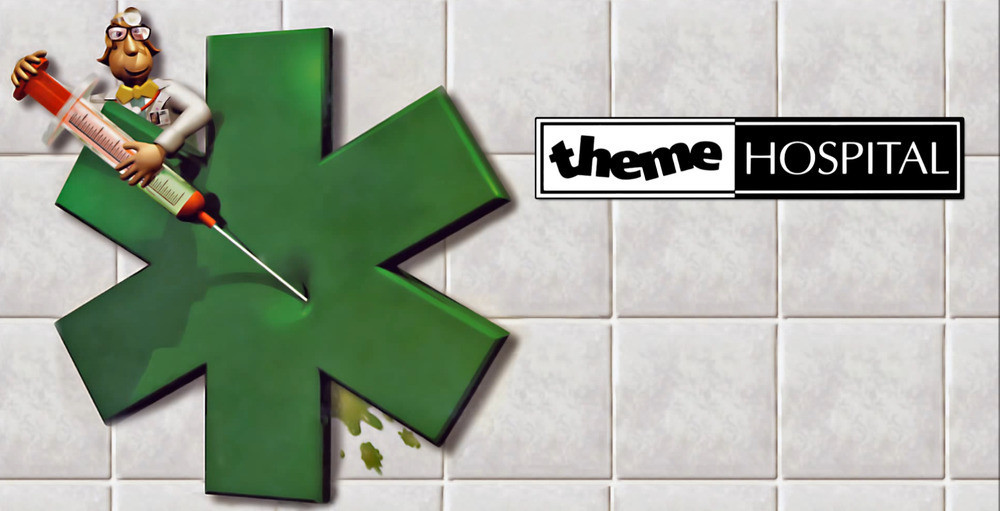
The average hospital wasn’t lucky enough to be designed from scratch. Most were forced to grow organically, absorbing new buildings as they ran out of space and new treatments were developed.
Medical centers that started out curing common diseases like Invisibility or the cheese-induced Bloaty Head could find themselves overrun by many, much more difficult patients just a few years later. The constant threat of earthquakes, epidemics or health inspections only made it worse, making it more and more difficult to fulfill a hospital’s most important goal: To turn up a big, nice profit.
Theme Hospital is just charming. It’s not a sharp, mean-spirited economic simulator, rather, it’s the kind of game everyone can enjoy simply because it’s appealing and well-made. The actual gameplay is very simple, but with some deep-reaching ramifications that make it very fun to play.

The player starts with a small amount of capital and an equally small plot of land and has to quickly establish a working base. Before being taken to the appropiate clinic to be cured, patients have to be properly diagnosed and toilets and warm waiting rooms are needed as well. Doctors must be hired on an individual basis and trained; while research becomes a pressing concern from very early on, requiring a sizable investment and even the unwitting help of a couple patients.
But the needs of the hospital change over time and the initial layout inevitably becomes overcrowded and messy, leading to inefficiency and epidemics. As the hospital expands, previous wings have to be constantly repuporsed and specialized, moving clinics farther away into the hospital and clearing previously occupied areas for newly researched diagnosis rooms and scanners. Rooms have to be rearranged to work with each other and finding the right place for them can be quite challenging.

The ward is the best example of this. Ideally, it should be close enough to the operating theater to prepare patients for surgery but, at the same time, it doubles as a diagnosis room so it should be close to a GP’s office. And its staffed by a nurse, which could work on a pharmacy at the same time. Juggling all these variables, plus emergencies, staff issues and research with the small amount space available is what makes the game tick and far from being busywork it’s actually very fun.
What prevents Theme Hospital from being on the level of some of the better games in the genre is that it becomes less and less interesting the more one plays it. The level design team did an amazing work with the game’s twelve levels, but, ultimately, the geometrical constrains don’t change and most clinics are functionally identical. There are other minor flaws too, like the terrible pathfinding of handymen or the heavy-handedness of earthquakes, but these are well compensated by the game’s quirky humour and whimsical soundtrack. It’s not a game that needs to be better to be well-worth playing and it has an undeniable, lovable appeal that makes it stick out even now, long after it was released.
| THEME HOSPITAL (1997) | |||
|---|---|---|---|
| DESIGN | Mark Webley | ||
| DEVELOPMENT | Bullfrog Productions | MUSIC | Tony Cox, Russell Shaw |



